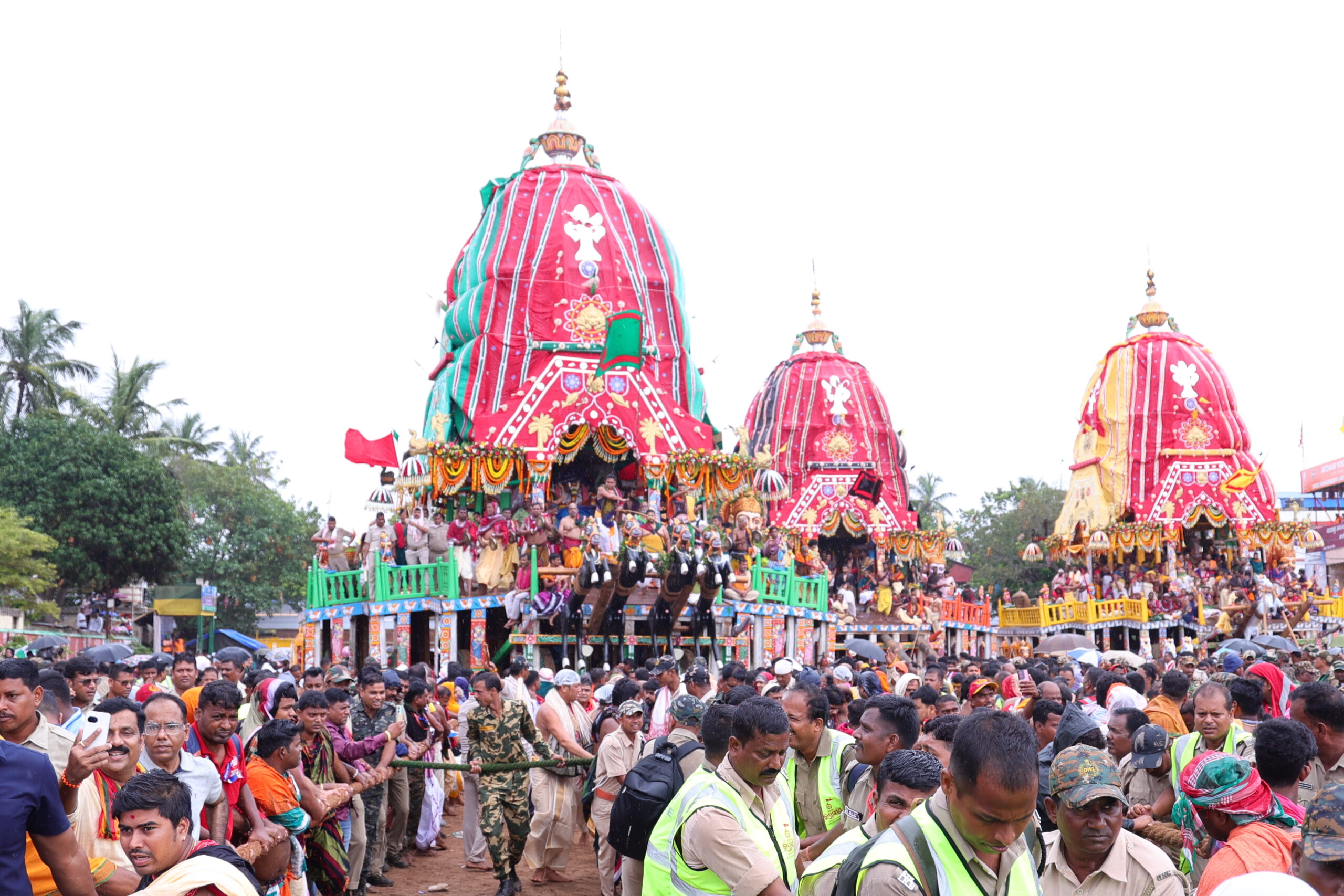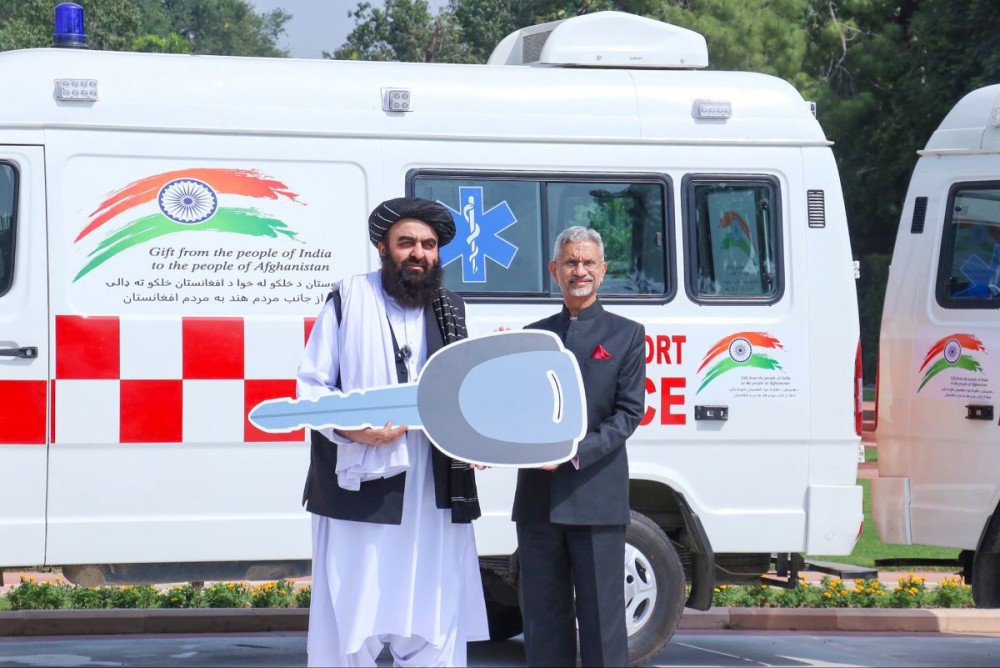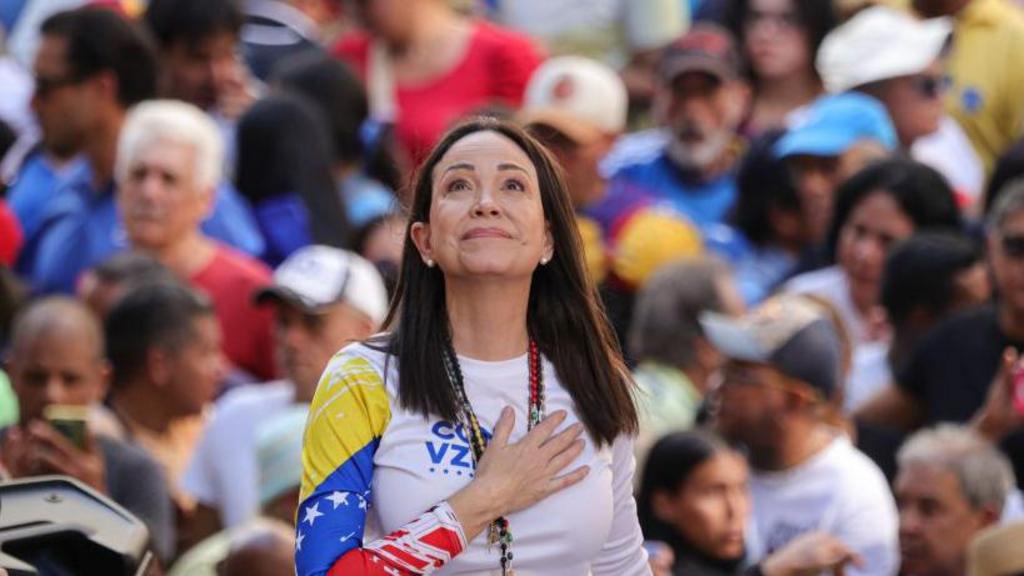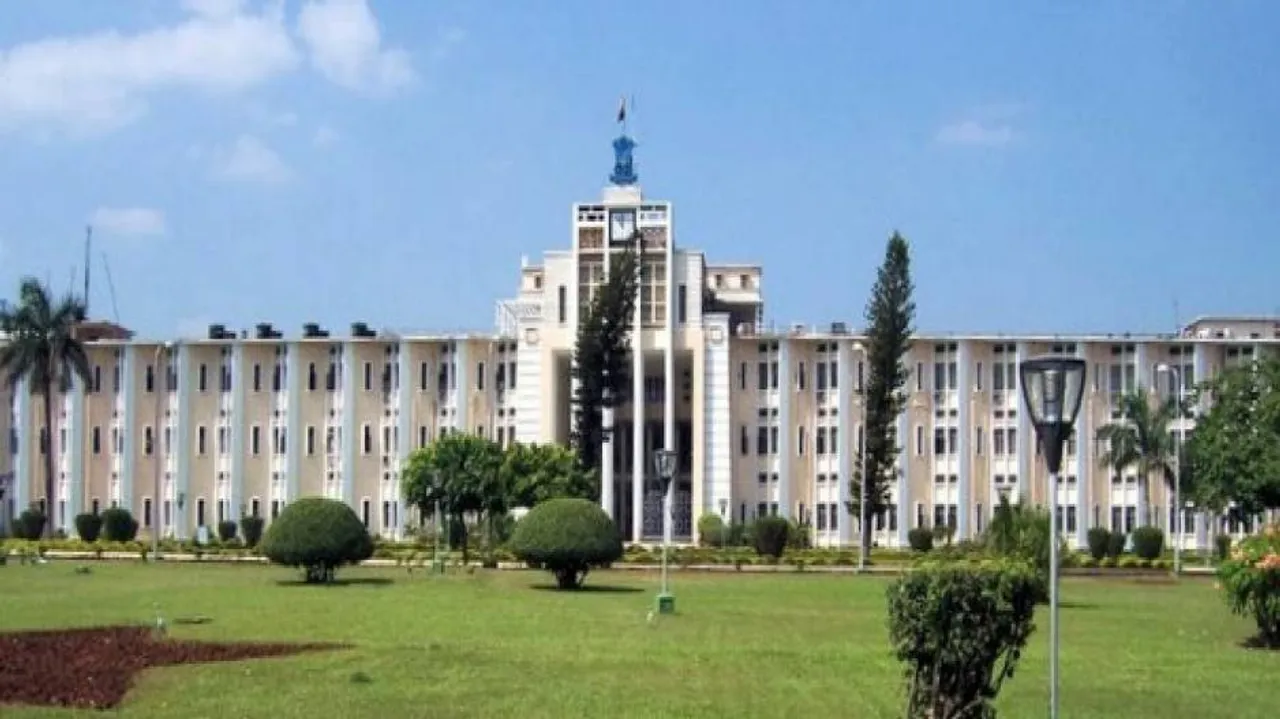The Bahuda Yatra is a significant festival in the Hindu calendar, celebrated with great fervor and enthusiasm in the holy city of Puri, Odisha. It marks the return journey of Lord Jagannath, along with his siblings Lord Balabhadra and Goddess Subhadra, from their aunt’s (Mausi’s) place, Gundicha Temple, to the Jagannath Temple, also known as the Sri Mandir or Ratna Bedi.
The Significance of Bahuda Yatra
The Bahuda Yatra is a once-in-a-year celebration that brings together devotees from all over the world. It is a time for spiritual rejuvenation and a chance to seek the blessings of Lord Jagannath. The festival is significant because it marks the return of the deities to their abode, and devotees eagerly await their return.
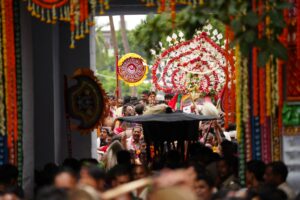
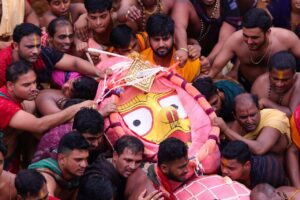
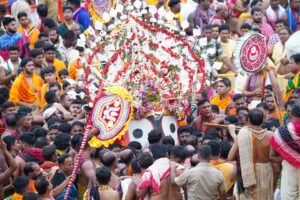
Gundicha Temple: The Abode of Mausi Maa
The Gundicha Temple is a sacred temple located about 3 kilometers from the Jagannath Temple. It is believed to be the abode of Lord Jagannath’s aunt, Mausi Maa. During the Rath Yatra, the deities stay at the Gundicha Temple for nine days, and the Bahuda Yatra marks their return journey to the Jagannath Temple.
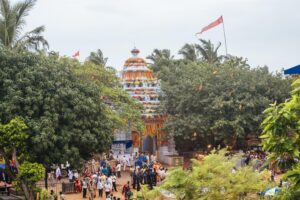
Ananda Bazar: A Hub of Devotional Activities
Ananda Bazar is a market place located near the Gundicha Temple, which becomes a hub of devotional activities during the Bahuda Yatra. The market is filled with vendors selling various items, including flowers, fruits, and traditional sweets. Devotees throng the market to buy offerings for the deities and to soak in the festive atmosphere.
Saradhapali: A Place of Significance
Saradhapali is a place of significance during the Bahuda Yatra. It is here that the deities are offered special rituals and prayers, and devotees gather to seek their blessings.
Celebrating the Return of Lord Jagannath
The Bahuda Yatra is a celebration of Lord Jagannath’s return to his abode. The festival is marked by various rituals and ceremonies, including the chariot procession, bhog offering, and arati. Devotees gather in large numbers to participate in the festival and seek the blessings of the deities.
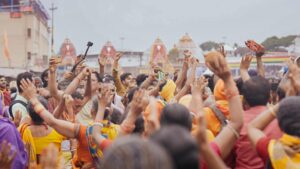
Chariot: A Symbol of Divinity
The chariot is a symbol of divinity during the Bahuda Yatra. The deities are taken out in a grand procession on their chariots, accompanied by devotees and traditional music. The chariots are decorated with colorful fabrics and ornaments, and they are believed to be the vehicles of the gods.
Poda Pitha: A Special Delicacy
During the Bahuda Yatra, Poda Pitha is a special delicacy that is offered to the deities. Poda Pitha is a traditional Odia dish made from rice, jaggery, and coconut. It is believed to be Lord Jagannath’s favorite dish, and it is offered to him as a bhog (offering) during the festival.
Special Rituals during Bahuda Yatra
The Bahuda Yatra is marked by several special rituals, including:
- Chariot Procession: The deities are taken out in a grand procession on their chariots, accompanied by devotees and traditional music.
- Pahandi: The deities are ceremoniously moved from their chariots to the temple, amidst chanting of hymns and devotional songs.
- Bhog Offering: The deities are offered a variety of bhogs, including Poda Pitha, during the festival.
- Arati: The deities are offered arati (a prayer ceremony) during the festival, which is accompanied by traditional music and chanting of hymns.
Sunabesha: The Golden Attire
After the Bahuda Yatra, the deities are adorned with golden attire in a ritual known as Sunabesha. The deities are dressed in golden ornaments and clothes, and their chariots are also decorated with golden fixtures. This ritual is a celebration of the deities’ return to their temple and is marked with great fanfare.
Adharapana: The Offering of Betel Nut During the Bahuda Yatra, the deities are offered betel nut in a ritual known as Adharapana. This ritual is significant because it is believed to be a favorite offering of the deities. The betel nut is offered to the deities along with other traditional items, and it is believed to bring blessings and prosperity to the devotees.
Niladri Bije: The Final Ritual
The final ritual of the Bahuda Yatra is Niladri Bije, where the deities are taken to the Singhdwara (the main entrance of the temple) on their chariots. The final ritual of the Bahuda Yatra is Niladri Bije, where the deities are taken to the Singhdwara (the main entrance of the temple) on their chariots. The deities are offered prayers and rituals, and they are then taken inside the temple, marking the end of the festival.
Singhdwara (Badadanda): The Grand Road The Singhdwara, also known as Badadanda, is the main entrance of the Jagannath Temple. It is a grand road that leads to the temple and is lined with devotees during the Bahuda Yatra. The deities are taken out in a procession on their chariots, accompanied by traditional music and chanting of hymns.
Conclusion:
The Bahuda Yatra is a significant festival that marks the return journey of Lord Jagannath and his siblings to their temple. The festival is marked with great enthusiasm.
By- Debi Prasad Rath


